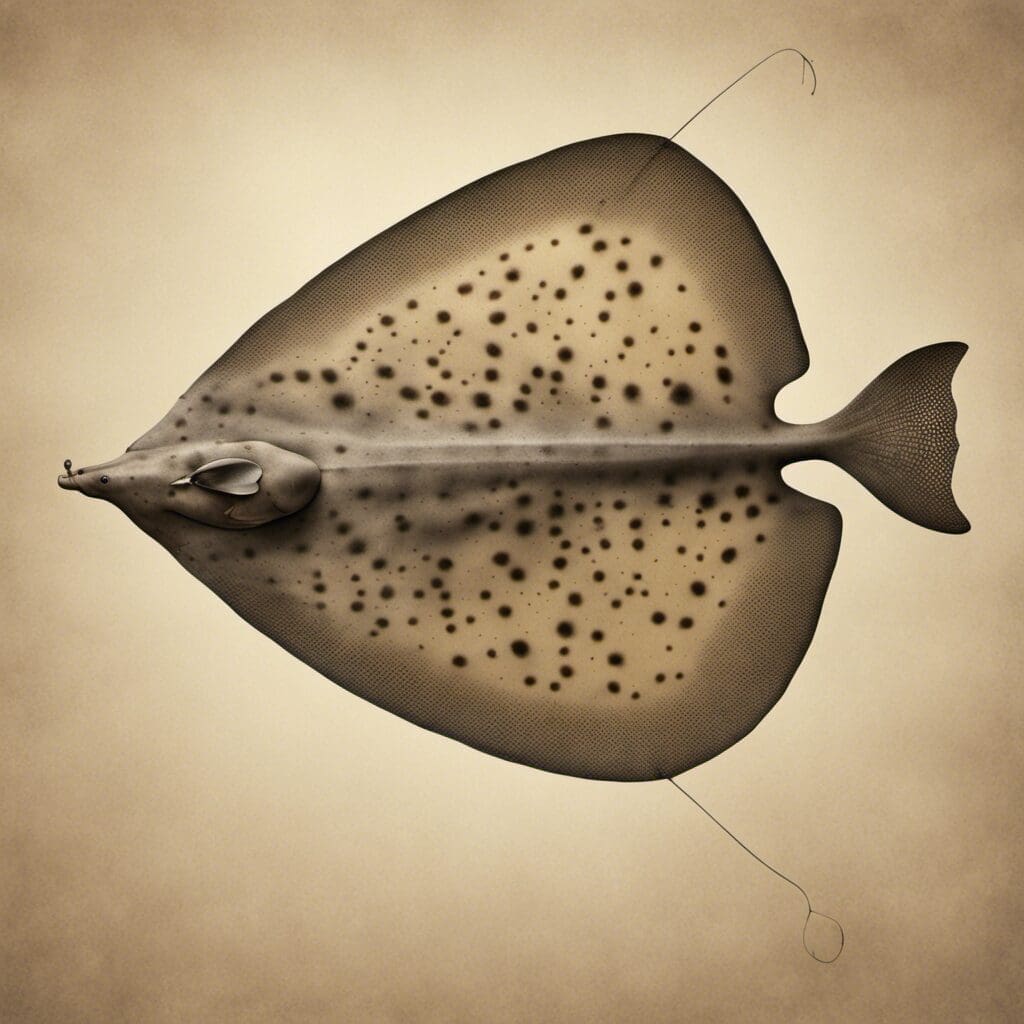Introduction
The Spiny Butterfly Ray, also scientifically known as Gymnura altavela, is a species of ray within the family Gymnuridae. Looking like a cross between a shark and a ray, this species exhibits certain distinctive characteristics that make it one of the most intriguing in the marine ecosystem.
Conservation Status
As of 2021, the International Union for Conservation of Nature (IUCN) categorizes the Spiny Butterfly Ray as vulnerable. Conservation efforts are currently underway to protect and revive this species, such as limitations on fishing and habitat protection initiatives.
Statistics
| Characteristics | Average | Range |
|---|---|---|
| Length | 1.8 m | 1-2 m |
| Weight | 60 kg | 30-150 kg |
| Average Lifespan | 15 years | N/A |
Distribution
The Spiny Butterfly Ray is an oceanic species found in various oceans around the globe. They can primarily be found in the eastern and western Atlantic Ocean and have been spotted in areas such as Africa, the Mediterranean, and the Gulf of Mexico. They tend to be prevailingly nomadic, meaning they do not show typical migration patterns.
Habitats
The Spiny Butterfly Ray is a bottom-dwelling species, frequently found in sandy or muddy areas. They prefer warm, nearshore waters but can reach depths of up to 100 meters.
Water Type
Saltwater
Depth Range
Usually found in depths of less than 100 meters.
Temperature Range
Prefers warmer waters with temperatures above 20°C.
When and Where to See
Although the Spiny Butterfly Ray does not exhibit pronounced seasonal patterns, they are generally more active during warmer months. During the day, they are most often seen buried in the sand, with their eyes and spiracles visible above the surface.
Best Fishing Locations
Localities that have reported a healthy population of Spiny Butterfly Rays include:
1. Canary Islands
2. Gulf of Mexico
3. East Coast of the United States
4. Azores
5. Adriatic Sea
6. Madeira
7. Bahamas
8. Senegal
9. Tunisia
10. Algeria
General tips for finding this species include looking for them in warmer, nearshore waters and sandy areas where they commonly bury themselves during the day.
How to Catch
In fishing for Spiny Butterfly Rays, using a heavy-duty rod and reel setup with a strong line is recommended due to their size and strength. Soft crabs, shrimp or squid can serve as effective bait. Be careful, though, as they’re known to put up a fight when hooked.
Identification Guide
Spiny Butterfly Rays are easily identifiable by their broad, flat, diamond-shaped body and their long, whip-like tail. They are usually gray-brown and may have small spots or reticulations.
Additional Information
The Spiny Butterfly Ray feeds primarily on small fish and invertebrates. Their natural predators include sharks and other larger carnivorous fishes. The biggest threat to this species is overfishing. They are occasionally trapped in nets by commercial fisheries and are often sought after by sport fishermen due to their size and fighting spirit.
While not specifically mentioned in folklore or myths, Spiny Butterfly Rays are admired for their beauty and fascinating behavior and are often featured in aquariums.
References and Further Reading
For more detailed knowledge about the Spiny Butterfly Ray, the following sources are recommended:

